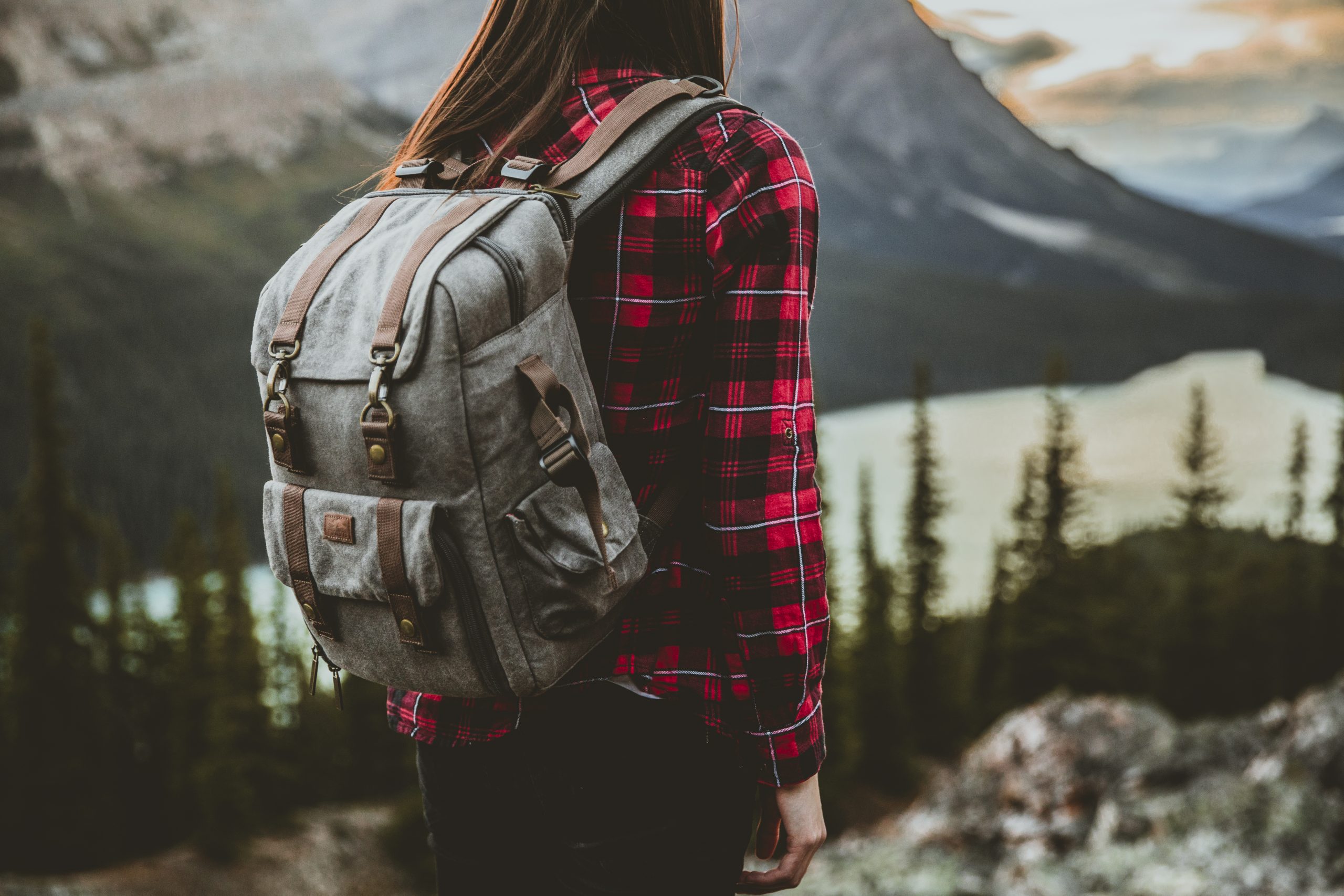Tips for Choosing and Using The Right Backpack
Whether you’re heading off to school, hiking, or simply out strolling the city, by choosing the right backpack and following some simple packing advice you arrive at your destination without sore shoulders or a tired back. Carrying an overloaded backpack or wearing one improperly can lead to poor posture, stress on the soft tissue in your neck and back, and unnecessary strain on muscles and joints.
Over time, the physical strain of carrying heavy loads can result in:
• Fatigue and strain in the muscles and soft tissues of the neck, back and shoulders from overuse.
• Spinal compression and/or improper alignment, leaving the back vulnerable to injury.

• Stress or compression of the shoulders and arms causing tingling, numbness and/or weakness in the arms or hands.
Backpacks are designed to distribute the load evenly. Worn correctly and not overloaded, a backpack is supported by some of the strongest muscles in the body: the back and abdominal muscles. These muscle groups work together to stabilize the trunk and hold the body in proper balance and postural alignment.
How to choose the best backpack for you?
• Choose a backpack made of lightweight materials to reduce the weight you will be carrying. A full backpack should never weigh more than 15 per cent of your body weight. For example, if you weigh 52 kg (115 lbs.), the backpack should not weigh more than 7.8 kg (17 lbs.).
• Use backpacks that have a padded back to reduce pressure and prevent the pack’s contents from digging into your back.
• Use backpacks with padded, contoured, shoulder and chest straps to help reduce pressure and balance the weight. Look for a backpack with thickly padded adjustable shoulder straps (2 inches wide) and an extra hip strap. Adjust the shoulder straps so the bottom of the pack sits two inches above your waist
• Ensure your backpack has a waist belt or hip strap to distribute some of the load to the pelvis. The waist belt sends the weight of your pack down through your legs which are equipped to carry increased weight, preventing you from getting tired as quickly.
• Pack by weight, not size and always place the heaviest items closest to your back.
When wearing a backpack, stand tall with your head and neck in line with your shoulders and use both shoulder straps to help evenly distribute the weight of the pack. Using only one strap loads the entire weight of the body over one shoulder, causing you to lean to one side. Over time, this abnormal posture can create lower and upper back pain as well as neck and shoulder strain.
When wearing the pack, NEVER use only one shoulder strap as this places all the weight of the back onto one side of the body and causes the body to rotate in order to accommodate the heavy load. ALWAYS use both shoulder straps and set them firmly over the flattest part of your shoulder.
When putting on your loaded backpack, ensure that the pack is in front of you and that you bend your knees and waist to get down to the pack rather than bending forward from your waist. Once in this position, use your legs and buttocks to lift the pack up as you stand up. Keep the pack close to your body as you slide it around to your rear and up onto your shoulders.

